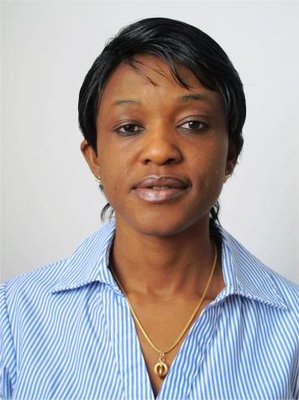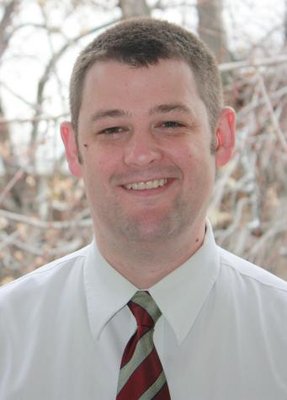Adam Woolley Published in ACS Review Journal
April 22, 2013

Dr. Adam Woolley and two of his graduate students recently published a review on general advances in microfluidics research in the ACS review journal Chemical Reviews.
The issue, released online April 10, takes an in-depth look at “new frontiers in bioanalytical chemistry” and includes 12 other review articles with topics ranging from “Mass Spectrometry of Structurally Modified DNA” to “Biocompatible Materials for Continuous Glucose Monitoring Devices.”
Chemical Reviews is “one of the most highly regarded and highest-ranked journals covering the general topic of chemistry,” according to its website. “The mission of Chemical Reviews is to provide comprehensive, authoritative, critical, and readable reviews of important recent research in organic, inorganic, physical, analytical, theoretical, and biological chemistry.” It is published monthly by the American Chemical Society.
The guest editor for this thematic issue, Dr. Michael Bowser of the University of Minnesota, invited Dr. Woolley to contribute to the bioanalytical issue in November 2011.
“They don’t ask just anybody to write a review article – you have to publish a lot and be considered an expert in the field,” Dr. Woolley said. “It was really an honor to be asked.”
Dr. Woolley recruited two of his senior graduate students, Pamela Nge and Chad Rogers, to help pick out the most important research that has been done in microfluidics and write the article.
“It was a long and painful process,” he said. “They gave me a general area, microfluidics, which I do research in, and our responsibility was to read all the important papers and organize them into a story: what the field is, why it is that way, and which way we’d like to see it go – that, is, the way we think it should go. I was fortunate to work with graduate students who did a lot of the leg work.”
Rogers, a fifth-year graduate student who first began working with Dr. Woolley in 2008, estimated that between the three of them, they read close to a thousand papers before writing the paper together.
“Pam [Nge] got half, I got half, and Adam [Woolley] got to edit; which, in this case, was a huge job,” Rogers said.
In addition to helping research and write, Rogers designed a graphic that represented everything the trio wrote about. His graphic went on to share the front page of the journal with only three other graphics. The “complex but compact” figure is based on one of Dr. Woolley’s designs for a microfluidic device, Rogers said.
Rogers enjoys the big picture he saw come together throughout the entire process of writing the article.
“In reading so many papers, it was nice to get a bigger picture of what’s going on: what we’re doing good; where we’re failing as a research area,” he said. “This research area has still yet to find a real foothold outside of academia.”
Nge, who graduated in December 2012, had to balance work on the article with working on her doctoral dissertation. Although she said it was sometimes a challenge to balance the two, she enjoyed getting such a broad look at the microfluidics field.
“I got some ideas on how to potentially merge these research areas with mine,” she said. “I got into microfluidics mainly because of point-of-care diagnostics. I was fascinated by the idea of miniaturizing conventional instruments so they can be used at patients' bedside. I know that the fabrication of cheap, disposable devices for point-of-care diagnostics will improve healthcare system especially in developing countries like mine (Nge is from Cameroon). In summary, writing this review article was a great experience.”

Dr. Adam Woolley and two of his graduate students recently published a review on general advances in microfluidics research.

Dr. Pamela Nge, who earned her PhD from BYU in December, worked on three of the six sections in the review.

Chad Rogers, a current PhD student in Woolley's lab, helped write the review on microfluidics.
By Jessica Henrie
Photos courtesy of Dr. Woolley
Journal graphic from http://pubs.acs.org